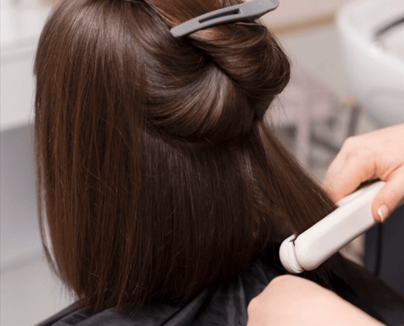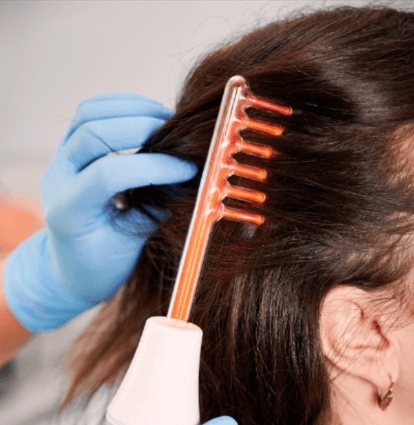South Korea is quickly becoming a global hotspot for dental implant tourism—especially among patients looking for high-quality care, cutting-edge technology, and cost-effective treatment. But while the country offers an ideal environment for dental procedures, planning your dental implant trip as an international patient requires smart preparation.
This step-by-step guide will help you understand how to plan your dental implant journey in Korea, ensuring your trip is smooth, efficient, and stress-free.
🧑⚕️ Step 1: Understand Why Korea Is Ideal for Dental Implants
Before booking your ticket, here’s why thousands of patients choose Korea:
- World-class dental clinics equipped with 3D imaging, guided implant surgery, and CAD/CAM systems.
- Highly trained implant specialists—many educated or certified in the US, Europe, or Japan.
- Affordable pricing, often 40–70% less than in countries like the US, UK, or Australia.
- Short treatment timelines, with many clinics offering same-day or two-stage implant options.
- Multilingual services, including English-speaking staff and international patient support.
📋 Step 2: Get a Remote Consultation Before Traveling
Most Korean dental clinics offer free online consultations to help you plan ahead. Here’s what to expect:
- Upload or email your panoramic X-rays or 3D CT scans
- Share details about your dental and medical history
- Receive a customized treatment plan and cost estimate
- Ask about timeline, procedures, anesthesia options, and how many visits are required
This step helps determine if you’re eligible for dental implants and whether single-visit or multi-visit treatment is necessary.
✈️ Step 3: Book Flights & Accommodation with Care
Timing Matters:
- Stay at least 7–10 days for the first visit (implant placement)
- Plan a second visit in 3–6 months if your clinic uses the two-stage approach
- Ask if your treatment qualifies for same-day implants (based on bone health)
Accommodation Tips:
- Book hotels close to the clinic (preferably within 10–15 minutes)
- Choose accommodation with elevators, soft food options, or a kitchenette
- Ask your clinic if they partner with nearby hotels for discounts or offer airport pickup
🦷 Step 4: Know What Happens Upon Arrival
On arrival in Korea:
- You’ll visit the clinic for a consultation, 3D scan, and impression taking (Day 1)
- Implant surgery typically happens on Day 2 or 3
- The clinic may provide a temporary crown or healing abutment
- You’ll return for follow-ups or adjustments on Days 4–8
Korean clinics are known for painless procedures, clean facilities, and detailed aftercare guidance.
🥣 Step 5: Plan for Post-Surgery Recovery
Dental implant recovery is relatively quick, but international patients should take precautions:
Eat Soft Foods Only:
- Korean porridge (juk), mashed potatoes, tofu, yogurt, smoothies
- Avoid spicy, crunchy, or hard foods for several days
Pain & Swelling:
- Take prescribed painkillers and antibiotics
- Use cold compresses in the first 48 hours
- Sleep with your head elevated to reduce swelling
Rest & Activities:
- Avoid strenuous activities and long tours right after surgery
- Stick to light sightseeing such as visiting palaces or shopping areas
💰 Step 6: Understand the Cost Breakdown
Before you commit, clarify exactly what your payment includes:
| Service | Included? |
|---|---|
| Consultation & X-rays | ✅ Usually free or included |
| 3D CT Scan | ✅ Often included in packages |
| Implant fixture & surgery | ✅ Core cost |
| Crown (zirconia/ceramic) | ✅ Separate or bundled |
| Anesthesia | ✅ Usually included |
| Follow-up visits | ✅ May vary |
| Temporary crown | ⚠️ Check if included |
Total cost in Korea:
- $1,200–$2,000 USD per implant (vs. $3,000–$6,000 in many Western countries)
📅 Step 7: Choose the Right Clinic
Select a dental clinic based on the following:
- Experience with international patients
- Credentials of implant specialists
- Patient reviews (Google, RealSelf, clinic websites)
- Availability of English-speaking coordinators
- Options for post-op support and follow-up communication after returning home
Top locations include Seoul (Gangnam, Myeongdong, Apgujeong), where many clinics are internationally accredited.
🌍 Step 8: Prepare for Travel and Communication
Travel Essentials:
- Valid passport (and visa if required)
- Medical history and medication list
- Translation apps (like Papago or Google Translate)
- Travel insurance (highly recommended)
Communication Tips:
- Confirm that your dentist speaks English or request a coordinator
- Ask for written aftercare instructions in English
- Check if the clinic offers virtual follow-ups once you return home
✅ Final Travel Checklist
- ✅ Completed online consultation and received treatment plan
- ✅ Booked flight, accommodation, and clinic appointments
- ✅ Brought medical and dental records
- ✅ Packed soft food options and aftercare supplies
- ✅ Budgeted for follow-up trip (if needed)
- ✅ Purchased travel insurance
🏁 Conclusion: A Well-Planned Trip = A Successful Smile Transformation
Traveling to Korea for dental implants can be a life-changing and cost-effective decision—but it requires careful preparation and realistic expectations. With the right planning, you’ll return home not just with a restored smile, but with the confidence of receiving world-class care in one of Asia’s most modern healthcare destinations.




